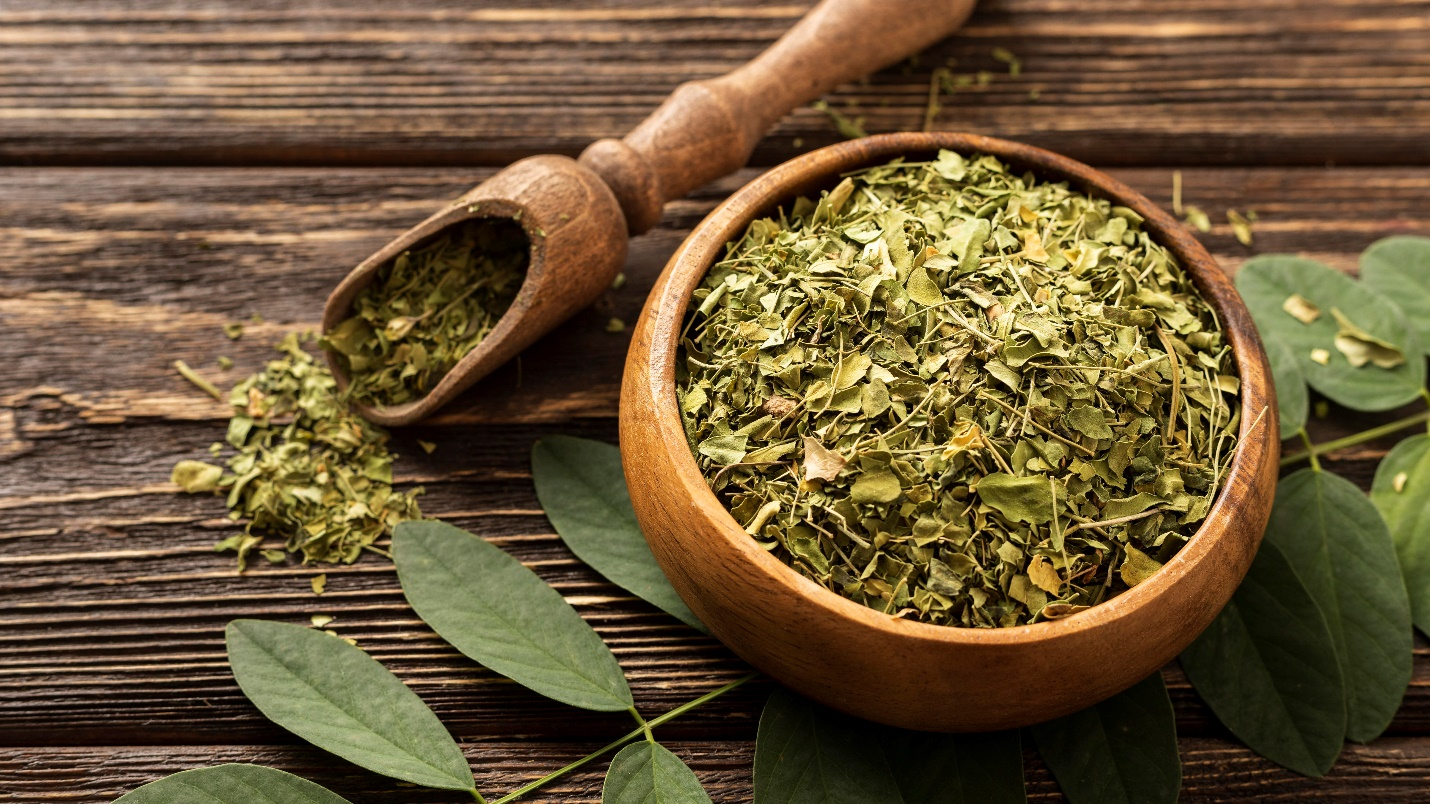India is the world’s second-largest producer of textiles and garments and the third-largest exporter, covering apparel, home textiles, and technical textile products. The country holds a 4.6% share of global trade and features among the top five exporters in several categories. The industry contributes around 2% to India’s GDP and about 11% of manufacturing GVA as of August 2025. Its role in employment is also significant, with over 45 million people engaged and about 22,000 million garments produced annually. By 2030, the textile industry’s share in GDP is expected to more than double, reaching close to 5%.
The domestic market is valued at US$ 225 billion in 2025 and is growing at a brisk pace of 10-12% CAGR. Rising incomes, e-commerce penetration, and evolving consumer preferences are expected to push the market size to US$ 350 billion by 2030. This expansion will be further supported by India’s rising per capita income, which is projected to increase from US$ 1,379 in FY25 to US$ 4,000 by FY30.
On the export front, India’s textile shipments currently stand at US$ 35.14 billion (Rs. 3 lakh crore), with the target of reaching US$ 100 billion by 2030. Growth is being driven by key categories such as apparel, which saw an 8.91% year-on-year increase in Q1 FY26.
India has also established a strong position in technical textiles and specialty segments. The sector, valued at US$ 29 billion in 2024, is projected to reach US$ 45 billion by 2026, US$ 123 billion by 2035, and US$ 309 billion by 2047, making it one of the fastest-growing areas within the industry. Within this, the mobiltech textiles market catering to automotive applications is expected to nearly double from US$ 2.32 billion in FY25 to US$ 4.57 billion by FY33, growing at a CAGR of 8.84%. India has also emerged as the second-largest manufacturer of PPE globally, with the segment expected to reach US$ 4.83 billion by 2033 at a CAGR of 10.4%. Another high-growth segment is sports technology textiles, projected to expand from US$ 185.3 million in 2023 to US$ 830.3 million by 2030, at a CAGR of 23.9%.
Global trends also point to expanding opportunities for India. The global apparel market was valued at US$ 1.8 trillion in 2024 and is expected to grow at 3.3% CAGR between 2025 and 2034, while the global textile and apparel trade is set to reach US$ 1.2 trillion by 2030 at a CAGR of 4%. At the same time, global fibre demand is projected to touch 149 million tonnes by 2030, creating a wider canvas for India’s textile industry to grow its export footprint.
Supporting this growth, policy measures are also being rolled out to strengthen raw material productivity and competitiveness. The Indian Council of Agricultural Research, through the Central Institute for Cotton Research, is implementing a special cotton project under the National Food Security and Nutrition Mission across eight major states during FY24-FY26. With an outlay of Rs. 6.03 crore (US$ 698,614), the initiative is aimed at promoting best practices to enhance cotton productivity, reinforcing India’s position as a reliable supplier in the global textile value chain.
The Indian composites market is expected to reach an estimated value of US$ 1.9 billion by 2026 with a CAGR of 16.3% from 2021 to 2026 and the Indian consumption of composite materials will touch 7,68,200 tonnes in 2027.
India enjoys a comparative advantage in terms of skilled manpower and in cost of production relative to other major textile producers.
In FY26 (April-June 2025) the total exports of textiles and apparels (incl. handicrafts) stood at US$ 9.40 billion. Ready Made Garments (RMG) category with export of US$ 4,193 million has the largest share (45%) in the total exports US$ 9.40 billion during FY26 (April-June 2025), followed by Cotton Textiles (30%, US$ 2,860 million), Man- Made Textiles (12%, US$ 1,167 million).
As of March 2025, India has significantly expanded its Special Economic Zones (SEZs), with a total of 276 operational SEZs across various sectors, including textiles, apparel, and wool.
India is the world’s largest producer of cotton. In FY25, the production of cotton in India stood at 29.42 million bales.
Production of yarn stood at 5,481 million kgs in FY24 and 2,752 million kgs in FY25 (April-September).
India's cotton yarn sector is poised for substantial revenue growth, with Crisil Ratings forecasting a 7-9% increase in FY26.
In FY24, India produced 38,913 metric tons (MT) of silk, whereas during FY25 30,614 metric ton silk was produced.
The government is planning to set up 12 new industrial parks and 5-6 mega textile parks, announced by Minister of Commerce and Industry Mr. Piyush Goyal. He also urged the private sector to capitalize on these initiatives.
Ministry of Textiles has sanctioned 19 research projects totaling approximately Rs. 21 crore (US$ 2.52 million) across various domains of Technical Textiles under the National Technical Textiles Mission.
The Gross Value Added (GVA) is expected to see a consistent growth rate of 9% during the period 2021 - 2028.
According to the Cotton Association of India (CAI), the total cotton supply till end of the cotton season 2024-25 (i.e. upto 30th September 2025) is estimated at 357.44 lakh bales of 170 kgs. The cotton exports for 2024-25 crop year are estimated to be at 18 lakh bales of 170 kgs.
Total FDI inflows in the textiles sector stood at Rs. 30,480 crore (US$ 4.72 billion) between April 2000-March 2025. 100% FDI (automatic route) is allowed in the Indian textile sector.
According to Apparel Export Promotion Council (APEC), significant opportunities exist to deepen collaboration between Indian and Japanese firms in the textiles sector, with Tokyo-based companies expressing keen interest to invest in India.
India's home textile sector is known for its rich traditions and craftsmanship, with various regions specializing in unique textile techniques and patterns. Gujarat is renowned for its vibrant and intricate embroidery, while Kashmir is famous for its luxurious woollen shawls and rugs. This diversity reflects India's extensive heritage and expertise in textile production.
India is actively pursuing diversification of its textile export markets, including engagement with the European Union and other emerging economies, in response to global trade challenges such as recent tariffs imposed by the US.
The India-UK FTA signed on July 24, 2025, grants duty-free access to 99% of India’s textile exports, removing the 10-12% tariff gap with rivals. This is expected to boost India's textile exports to the UK, currently at US$ 1.79 billion, by up to US$ 5 billion. The deal supports growth in hubs like Tirupur and traditional clusters, promotes joint ventures, and aims to double bilateral trade to US$ 112 billion by 2030.
The Textile Ministry’s allocation increases by 19%, rising from Rs. 4,417.03 crore (US$ 512 million) in 2024-25 to Rs. 5,272 crore (US$ 611 million) in 2025-26, reflecting the government’s commitment to addressing long-standing challenges and unlocking new growth opportunities.
The Union Budget 2025-26 allocates Rs. 1,148 crore (US$ 133.1 million) for the PLI Scheme to boost domestic manufacturing and exports, and Rs. 635 crore (US$ 73.6 million) for the Amended Technology Upgradation Fund Scheme to modernize textile machinery.
The Government’s Rs. 10,683 crore (US$ 1.44 billion) PLI scheme is expected to be a major booster for the textile manufacturers. The scheme proposes to incentivise MMF (man-made fibre) apparel, MMF fabrics and 10 segments of technical textiles products.
Textile manufacturing in India has shown varied performance in 2025. The Manufacturing of Textiles Index stood at 107.5 in June 2025, reflecting a modest 1.2% growth compared to June 2024.
In July 2025, The Union Minister of Textiles, Mr. Giriraj Singh has approved a Rs. 1,894 crore (US$ 216.09 million) plan for the PM MITRA Park in Virudhunagar, Tamil Nadu with an expected Investment of Rs. 10,000 crore (US$ 1.14 billion) and creation of one lakh jobs.
According to ICRA, Indian apparel exporters are expected to see revenue grow by 9-11% in FY26. This will be driven by higher sales volumes and prices, supported by the "China Plus One" strategy and importers needing to restock inventory.
In April 2025, Madhya Pradesh has secured approval for the Rs. 2,100 crore (US$ 239.59 million) PM MITRA Park, a project poised to revolutionize the state's textile industry.
As of July 2025, 50 textile parks were sanctioned under the Scheme for Integrated Textile Parks (SITP), with 30 parks completed and operational while 20 are under implementation. Additionally, 7 PM MITRA Parks have been finalized for development, bringing the total sanctioned textile parks to 57.
The Samarth Scheme, extended for FY25 and FY26 with a Rs. 495 crore (56.6 million) budget, aims to train 3 lakh people in textile skills. It is demand-driven, placement-focused, covers the entire textile value chain except spinning and weaving, and supports job creation and productivity enhancement. As of July 2025, over 4.57 lakh beneficiaries have been trained, with 3.55 lakh placed, including 88% women.
In November 2023, Reliance Foundation launched the first 'Swadesh' handicrafts store in Hyderabad, aimed at supporting and promoting Indian craftwork.
Industry bodies to host the largest global mega textiles event, Bharat Tex 2024 from February 26-29, 2024, in New Delhi. According to Union Minister, Mr. Piyush Goyal, Bharat Tex 2024 Expo is a testament to India's commitment to becoming a global textile powerhouse.
In September 2023, the Khadi and Village Industries Commission signed 3 MoUs to promote Khadi Products.
In September 2023, Grasim Industries plans to open nearly 120 retail stores over the upcoming 2 years, by expanding its footprint in smaller cities and towns.
In September 2023, Reliance Retail Ventures Ltd. (RRVL) announced the acquisition of Ed-a-Mamma for a 51% stake.
In September 2023, Shadowfax inaugurated a 1.5 lakh sq. ft. fulfilment centre in Surat with 10 lakh orders per day processing capacity.
In August 2023, the Ministry of Textiles approved 26 engineering institutions for the introduction of Technical Textiles under the National Technical Textiles Mission.
In June 2023, the Government approved R&D projects worth US$ 7.4 million (Rs. 61.09 crore) in the textile sector.
In May 2023, an investment of around Rs. 6,850 crore (US$ 824.25 million) is expected in the PM MITRA Park in Madhya Pradesh and Rs. 8,675 crore (US$1.04 billion) in other parts of the state.
In May 2023, Aditya Birla Fashion and Retail Ltd. announced the acquisition of TCNS Clothing with a deal size of US$ 198.54 million.
India hosted the 81st Plenary Meeting of the International Cotton Advisory Committee (ICAC) from 2nd to 5th December 2023 in Mumbai with the theme “Cotton Value Chain- Local Innovations for Global Prosperity”.
Cott-Ally mobile app has been developed for farmers to increase awareness about MSP rates, nearest procurement centers, payment tracking, best farm practices etc.
In April 2023, Godrej Consumer Products Ltd (GCPL) announced the Rs. 2,825 crore (US$ 339.93 million) acquisition of Raymond Consumer Care Ltd (RCCL).
In February 2023, the union government approved 1,000 acres for setting up a textile park in Lucknow.
In February 2023, according to the Union Budget 2023-24, the total allocation for the textile sector was Rs. 4,389.24 crore (US$ 536.4 million). Out of this, Rs. 900 crore (US$ 109.99 million) is for Amended Technology Upgradation Fund Scheme (ATUFS), Rs. 450 crore (US$ 54.99 million) for National Technical Textiles Mission, and Rs. 60 crore (US$ 7.33 million) for Integrated Processing Development Scheme.
In December 2022, a total of 44 R&D projects were started, and 23 of them were successfully completed. 9,777 people were trained in a variety of activities relating to the silk industry.
The Indian government wants to establish 75 textile hubs, similar to Tiruppur, which will greatly increase employment opportunities while promoting the export of textile products and ensuring the use of sustainable technology.
For the export of handloom products globally, the Handloom Export Promotion Council (HEPC) is participating in various international fairs/events with handloom exporters/weavers to sell their handloom products in the international markets under the National Handloom Development Programme (NHDP). Alongside, the Ministry of Textiles has also been implementing Handloom Marketing Assistance (HMA), a component of the National Handloom Development Programme (NHDP) all across India. HMA provides a marketing platform to the handloom weavers/agencies to sell their products directly to the consumers and develop and promote the marketing channel through organizing expos/events in domestic as well as export markets.
To support the handloom weavers/weaver entrepreneurs, the Weaver MUDRA Scheme was launched to provide margin money assistance at 20% of the loan amount subject to a maximum of Rs. 10,000 (US$ 134.22) per weaver. The loan is provided at an interest rate of 6% with credit guarantee of three years.
The new Economic Cooperation and Trade Agreements with Australia and the UAE will open multiple opportunities for textiles and handloom. Indian textile exports to Australia and the UAE will now face zero duties, and the government is expecting that soon, Europe, Canada, the UK and GCC countries would also welcome Indian textile exports at zero duty.
Top players in the textiles sector are attaining sustainability in their products by manufacturing textiles that use natural recyclable materials.
MoU signed at Bharat Tex 2024 between Textiles Committee, Government e-Marketplace, and Standing Conference of Public Enterprises to promote upcycled products made from textiles waste and scrap.
National Technical Textiles Mission (NTTM) has been approved with an outlay of US$ 178.74 million (Rs. 1,480 crore); from FY21 and valid up to March 31, 2026. As of February 2024, 137 research projects have been approved under NTTM. The total cost approved of the said projects by the Government is US$ 57.33 million (Rs. 474.7 crore approx.).
India’s textile sector is poised for a transformative decade, driven by strong domestic demand, rising global opportunities, and supportive government initiatives. With expanding technical textiles, growing export potential, and sustained innovation, the industry is set to play an even greater role in powering India’s economic growth and strengthening its position as a global textile leader.
References: Ministry of Textiles, Indian Textile Journal, Department of Industrial Policy and Promotion, Press Information Bureau, News articles














